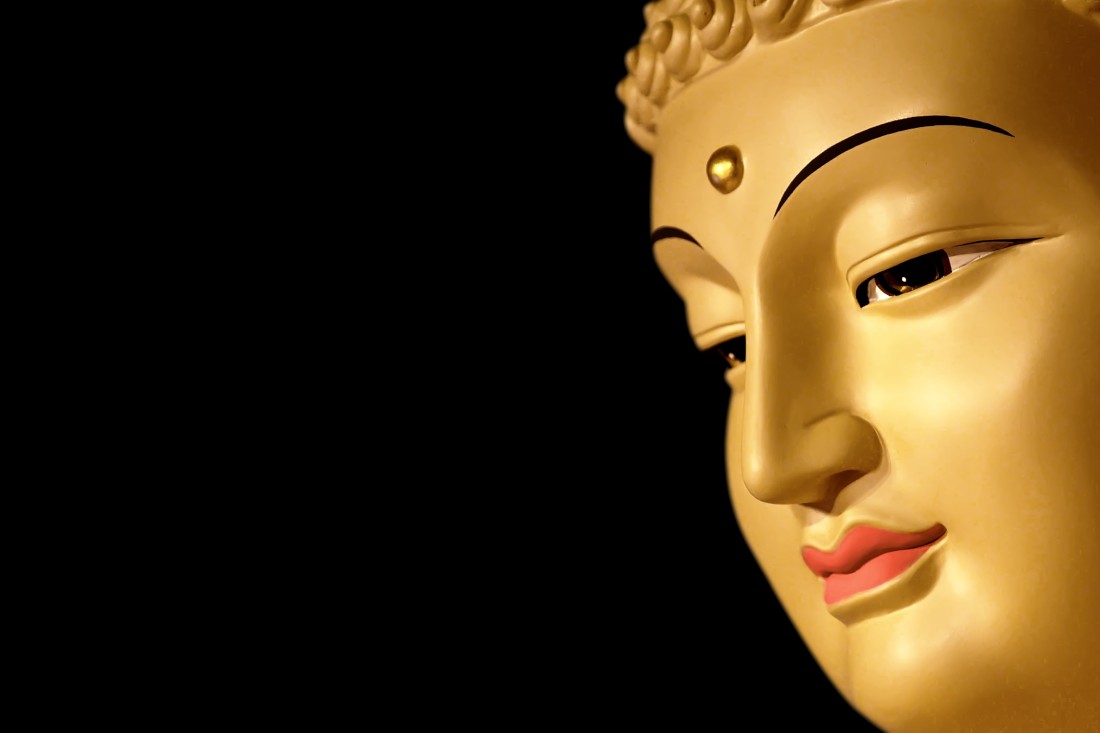Matsya ,is the avatar of the Hindu god Vishnu in the form of a fish. Often listed as the first avatar in the lists of the ten primary avatars of Vishnu, Matsya is described to have rescued the first man, Manu, from a great deluge. Matsya is depicted as a giant fish, or anthropomorphically with a human torso connected to the rear half of a fish.
THE GREAT DELUGE
The story of a great Deluge is found in many civilizations across the earth. It is often related to the Genesis narrative of the flood and Noah's Ark. The fish motif reminds readers of the Biblical 'Jonah and the Whale' narrative as well; this fish narrative, as well as the saving of the scriptures from a demon, are specifically Hindu traditions of this style of the flood narrative. Similar flood myths also exist in tales from ancient Sumer and Babylonia, Greece, the Maya of Americas and the Yoruba of Africa.
Matsya temples are relatively rare, but the iconography is found in Hindu temple reliefs.
Matsya is believed to symbolise the aquatic life as the first beings on earth. Another symbolic interpretation of the Matsya mythology is, to consider Manu's boat to represent moksha (salvation), which helps one to cross over. The Himalayas are treated as a boundary between the earthly existence and land of salvation beyond. The protection of the fish and its horn represent the sacrifices that help guide Manu to salvation. Treated as a parable, the tale advises a good king should protect the weak from the mighty, reversing the "law of fishes" and uphold dharma, like Manu, defines an ideal king. In the tales where the demon hides the Vedas, dharma is threatened and Vishnu as the divine Saviour, rescues dharma, aided by his earthly counterpart, Manu - the king.
MATSYA PURANA

The Matsya Purana evolves the legend further, by identifying the fish-savior (Matsya) with Vishnu instead of Brahma.The Purana derives its name from Matsya.
The Satya Yuga was about to end and a great flood was to come and destroy all the life on earth to start afresh for the next Yuga. Lord Brahma after a day full of creation, was tired. He wanted to go to sleep and was soon snoring loudly.
While Lord Brahma was sleeping an asura Hayagriva emerged from Brahma’s nose. With Brahma asleep, Hayagriva realized that it was the right time to take in all the knowledge of the Vedas. Hayagriva concentrated and soon absorbed the knowledge in the Vedas. He then hid deep inside the ocean, thinking that nobody would find him there.
Lord Vishnu saw this and was worried. If the Vedas were stolen by the asura, the knowledge of the Vedas could not be passed on to the Next Yuga. As a Preserver, it was his job to make sure the knowledge survived to the next Yuga.
The legend states that when a little fish appeared to Manu, he recognizes Vishnu Vasudeva in the fish. The fish tells him about the impending fiery end of kalpa accompanied with a deluge. The fish once again has a horn, but Manu does not need to build a boat or ship in this Purana. The gods build it. They build it big enough to carry and save all life forms, and Manu needs to just carry all types of grain seeds to produce food for everyone after the deluge is over. When the great flood begins, Manu ties the Ananta Sesha (cosmic serpent) to the fish's horn.
One half of the fish’s work completed, the fish went to the other side to complete the other reason for the incarnation. On the other end of the ocean, the fish saw Hayagriva guarding the Vedas. Seeing the huge fish, Hayagriva was terrified. What a huge fish…However no sooner than he had thought this, the fish attacked him. The fish was so huge, that a single push sent the asura reeling. Still dazed Hayagriva tried fighting the fish, but the fish was huge and powerful.
After a brief and futile struggle, the asura was dead. Once the asura was dead, the vedas imbibed by him went back to Lord Brahma, who was still asleep.




